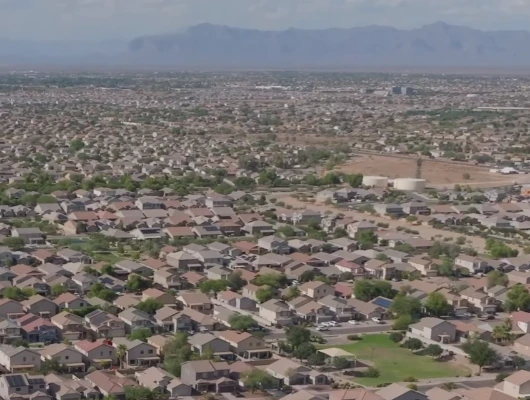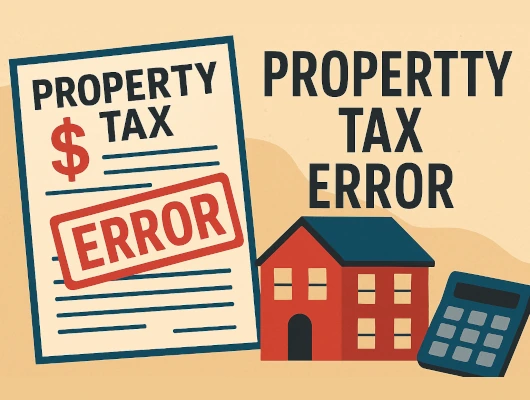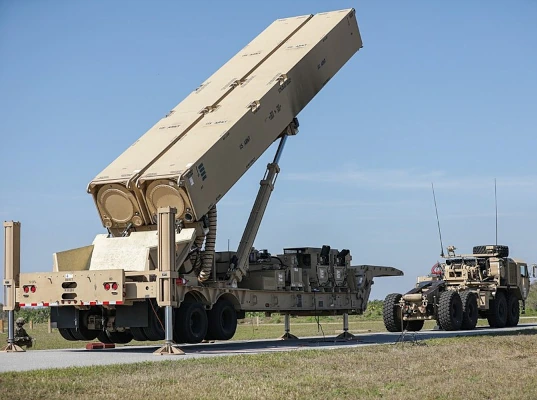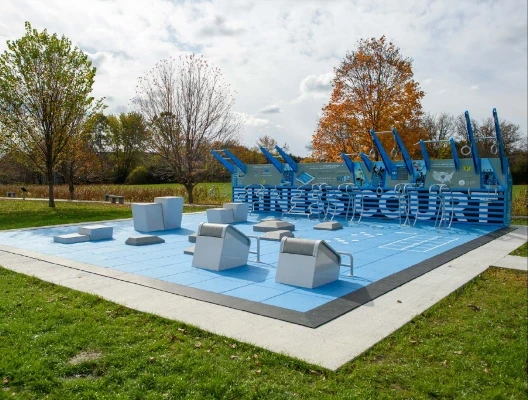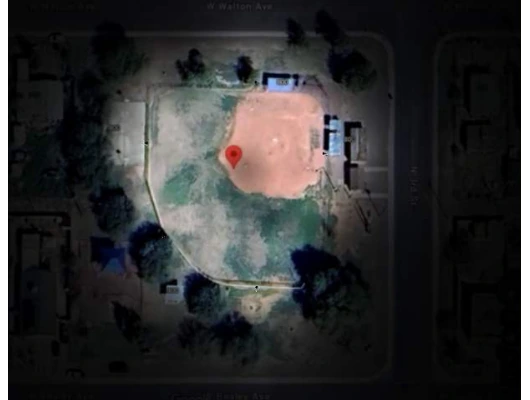San Tan Valley’s newly formed Town Council received crucial guidance on establishing the town’s tax structure during a presentation November 5, 2025. Lee Grafstrom, Tax Policy Analyst with the League of Arizona Cities and Towns, outlined the framework and options available under Arizona’s Model City Tax Code. The discussion-only session provided the council with foundational information for future tax decisions.
Understanding the Model City Tax Code
The Model City Tax Code was created in 1987 to standardize local Transaction Privilege Tax across Arizona municipalities. Before this framework existed, each city and town maintained its own code. This created chaos for businesses operating in multiple jurisdictions. The code addresses Transaction Privilege Tax, which Arizona uses instead of traditional sales tax terminology.
Grafstrom explained that local Transaction Privilege Tax typically provides 40% or more of a city or town’s general fund revenue. Cities and towns can set different rates for each tax classification. However, most municipalities apply one general rate to nearly all activities for simplicity. They may adjust rates for specific classifications like food for home consumption or hotels. As of November 2025, retail tax rates range from 1.50% to 5.00% statewide. The average rate stands at 2.81%.
The Arizona Department of Revenue maintains the official version of the code online at the Model City Tax Code portal, where cities and towns can access detailed information including articles, regulations, rate and code updates, and options other jurisdictions have adopted. The Department also maintains comprehensive profiles showing which options each community selected.
Town-Level Taxation Creates Revenue Foundation
Municipal governments in Arizona rely on three primary revenue streams. These include property tax, local Transaction Privilege Tax, and shared revenues from the state. Property taxes remain relatively small at the city and town level, with less than half of municipalities having primary property tax for general fund use. Shared revenues come from state Transaction Privilege Tax, income tax, vehicle license fees, and highway user revenue funds.
Local Transaction Privilege Tax serves as the cornerstone of city and town revenue. Unlike state and county governments, municipalities cannot survive on shared revenue alone. The state operates with a much larger economy and more diverse revenue sources. Towns face microeconomic realities with limited business bases.
Taxable Activities Offer Flexibility
The Model City Tax Code includes numerous taxable activities. These range from retail sales to construction contracting to restaurants. Cities and towns can set different rates for each classification. However, most jurisdictions apply one general rate to nearly all activities.
Common practice, according to Grafstrom, involves setting a retail Transaction Privilege Tax rate of 2% and reducing the food for home consumption rate to 1%. Grafstrom acknowledged the modest impact of this reduction. “If you bought $100 worth of groceries, at 2% it’s $2. At 1% it’s $1,” he explained. The dollar difference may not provide much relief to shoppers. Still, many municipalities make this choice to ease the burden on residents buying groceries.
The economy of individual towns drives tax decisions. Grafstrom warned council members about the delicate balance required. “In your town, if you’ve got one grocery store and a convenience store, and that’s it, that’s your economy,” he stated. “You can very quickly destroy that town financially by messing with how you tax those two things.”
He referenced small towns where Walmart served as the major source of income. One town generates 31% of its total Transaction Privilege Tax revenue from a single grocery store. Eliminating food taxes in such communities would devastate municipal budgets.
Construction Revenue Requires Caution
San Tan Valley will likely see substantial early revenue from construction contracting. Under the Model City Tax Code, cities tax speculative builders based on the selling price of completed homes, generating substantial revenue per transaction. The town’s ongoing residential development creates immediate tax income. Grafstrom issued a stark warning about relying on this source.
“I’m gonna guess that a vast majority of your revenue early on is gonna be speculative builder construction contracting from speculative builder for homes,” Grafstrom told the council. “That’s where a big chunk of money is.”
He then delivered critical advice. “Write it down, remember it forever and ever: do not rely on construction contracting as ongoing revenue,” Grafstrom emphasized. “It is one-time revenue. You can only sell a house once. Don’t ever use it as ongoing revenue.”
Construction taxation varies by government level. The state and county tax construction costs as homes are built. In contrast, cities and towns tax the selling price when speculative builders complete and sell homes. This creates a transparent system where the Transaction Privilege Tax on any home’s initial sale can be publicly verified.
Census Determines Revenue Timeline
San Tan Valley cannot receive shared revenues until completing a special census. The town must establish an official population count. Once census data becomes available, the Department of Revenue and Department of Transportation will calculate the town’s share retroactively.
According to Grafstrom, distributions will go back to the first of the month following incorporation. The town will likely receive accumulated funds in a lump sum. However, according to Grafstrom, the federal government shutdown has created complications. The Census Bureau remains inactive, delaying the special census process.
Grafstrom offered a rough pro forma estimate of San Tan Valley’s shared revenues at $48-54 million annually, assuming a population of 100,000. He cautioned that this figure, while substantial, cannot sustain full town operations. Additional local tax revenue will be essential.
Urban Revenue Sharing consists of 18% of state income tax proceeds from two years prior, distributed among municipalities based on population. According to Arizona Revised Statute 43-206, new municipalities begin receiving this revenue the first month of the first full fiscal year following incorporation. For San Tan Valley, incorporated September 17, 2025, distributions will begin July 1, 2026. According to Grafstrom, Highway User Revenue Funds, restricted to street maintenance, will likely not flow to San Tan Valley until fiscal year 2026-27, though this determination rests with ADOT. Vehicle License Tax and Transaction Privilege Tax distributions await census completion.
Starting Simple Recommended for New Towns
Grafstrom advised San Tan Valley to begin with a straightforward approach. New towns should examine neighboring jurisdictions and similarly sized communities. The most recent town to incorporate adopted a uniform 2% rate across all classifications. This simplified starting point provided baseline data for future adjustments.
Political reality influences rate-setting as much as revenue needs, Grafstrom explained. Towns must consider what neighboring jurisdictions charge. Residents will cross borders to shop where rates are lower. Gilbert and Chandler maintained identical 1.50% rates for years, neither willing to increase first.
Grafstrom noted San Tan Valley’s unique position. “This is a big town, like a ridiculously big town to be a new town,” he told the council. “We’ve never seen anything even remotely close to a town this size come online.”
Road Funding Faces Delayed Timeline
Highway User Revenue Funds can only be used for street maintenance and repair. These funds come from gas taxes and related sources. Distribution formulas are based on statewide and countywide gasoline sales plus population factors, according to Grafstrom.
Since San Tan Valley doesn’t assume road maintenance responsibility until July 1st, Grafstrom believes the town likely won’t receive Highway User Revenue Funds for fiscal year 2025-26, though ADOT will make the final determination. This timeline creates planning challenges for a community with significant road infrastructure needs.
The town will need to prioritize funding sources carefully. Initial budgets must account for delayed road funding. Grafstrom recommended that San Tan Valley consult with Queen Creek’s finance department. He praised their expertise and willingness to assist neighboring communities.
Sticking with Model Code Provides Stability
Grafstrom advised San Tan Valley to start with a simple approach using the standard Model City Tax Code. He explained that creating unique “green page” exceptions complicates administration and creates confusion. The league has worked for years to eliminate special provisions that apply to only one jurisdiction.
“The last town that came online basically just adopted two across the board and see where the chips fall,” Grafstrom explained. Once baseline revenue data becomes available, adjustments can be made systematically. Towns typically reduce their food for home consumption rate first, then make other targeted changes.
The Municipal Tax Code Commission must approve all modifications to the model code. This body consists of nine voting members—mayors and council members from cities and towns—plus one non-voting representative from the Department of Revenue. No more than two members can come from the same municipality. The commission ensures consistency while allowing communities to adapt codes to their local economies.
